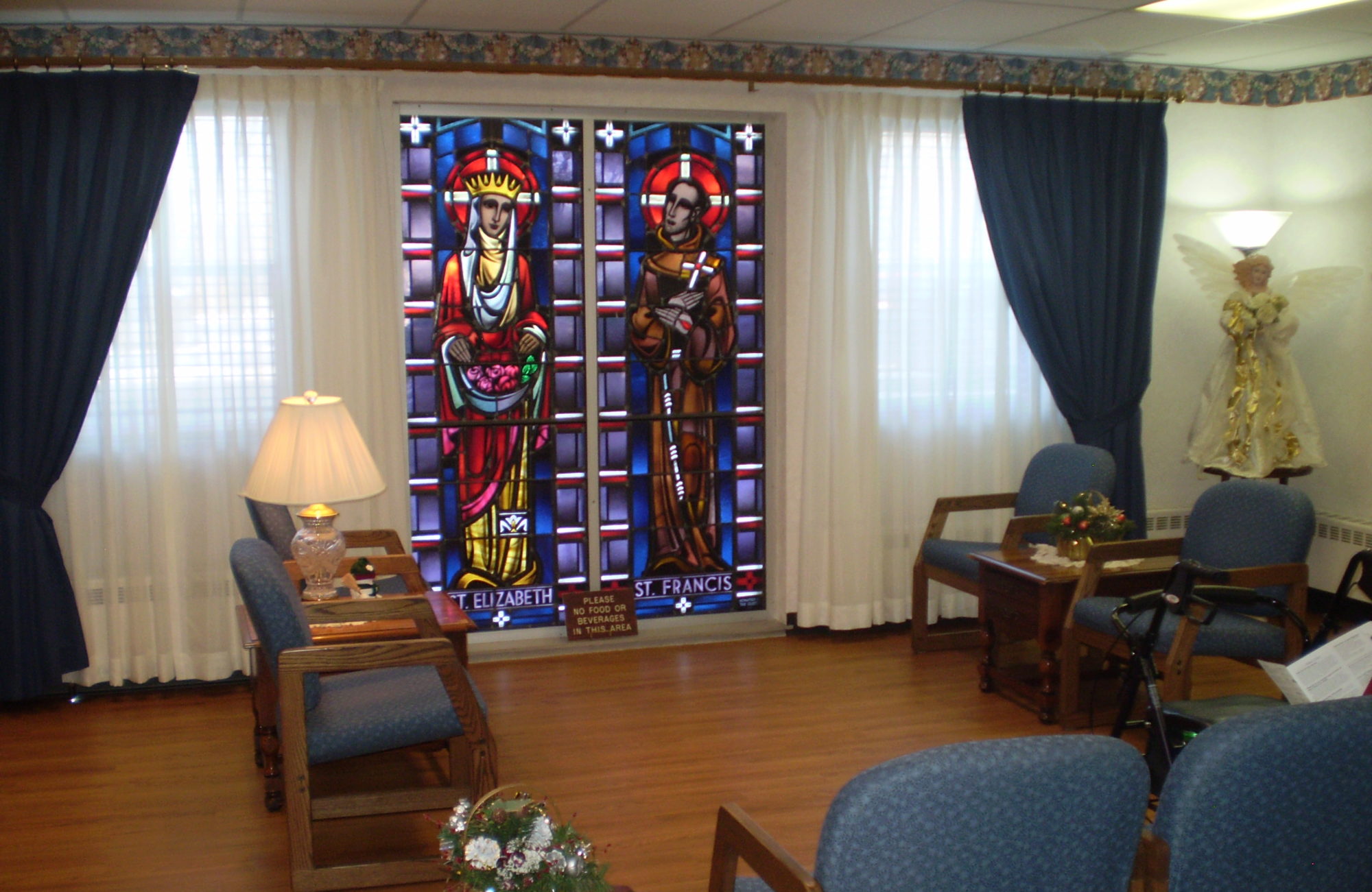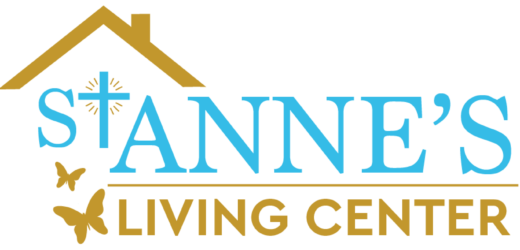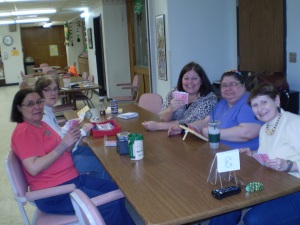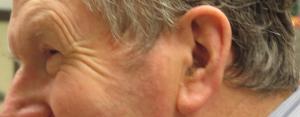Here at St. Anne’s, we have two dogs for our residents. In honor of April’s “National Pet Month,” a well-qualified friend of ours wrote an article about the positive effect of our canine comrades:
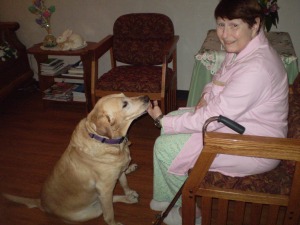
Article by Judy Jacoby, RN, MSN, HAB, PHN
Dogs have been around for 15,000 years. Dogs were used to assist people with chores, to round up cattle and sheep, to monitor the surroundings of a home and to pull carts for the American Indians. 12,000 years ago, in Northern Israel, a human skeleton was found holding a puppy.
In the earlier years of civilization, dogs provided special duties. As early as the early 1800’s, dogs were used to assist police stations regarding high crimes. A dog was used to sniff out a criminal who could not be found a police search team. Due to the lack of police officers on a police force, dogs were used to do security rounds to ensure the security within towns.
During the last 55 years, we have seen benefits that affect the human body regarding the ownership or relationships with dogs. Paws for People, is an organization that explains the benefits of dogs in therapy. Physical benefits include how dogs assist with lowering the blood pressure, improving cardiovascular health, releasing endorphins which cause a calming affect and diminishing physical pain. A dog can facilitate motivation in a person to recover faster in reducing loneliness. The act of petting a pet, produces an automatic relaxation response in humans and reduces the amount of medication that was previously required to relieve pain.
Studies indicated strong emotional benefits for people with depression when being around dogs. Interactions with dogs lifted spirits and lessen depression, decrease the feelings of isolation and alienation. In addition, dogs encouraged communication, provided comfort, increased socialization, reduces boredom and lowered anxiety. Studies done with children who have speech and emotional disorders showed that dogs helped resolve speech and emotional disorders. In children, dogs have been shown to help children focus better and improve literacy skills.
The dog provides an avenue for non-stress, non-judgmental and unconditional love. This produces self confidence and reduces self consciousness. Dogs in physical therapy with humans can assist with increased joint movement and improve the recovery time with walking. This maintains or increases motor skills and provides motivation to move more, stretch farther and exercise longer.
Studies conducted in the elderly, demonstrated that patients with chronic illness and cardiac issues have prolonged life due to owning a pet. Owner of dogs or those who are close to a dog find an avenue of physical health benefit with their companion. The presence of a dog in a room helped decrease blood pressure. Decreased depression and anxiety are also benefits that have been associated with having a dog close by.
As I pondered the benefits of walking my dogs, each morning and night I realized that I walk at least 2-3 miles a day. This daily routine with my dogs, has improved my health, increased my strength, made me realize how fortunate I am that I can smell the Spring air and watch the morning light wake up the mountains around me.
